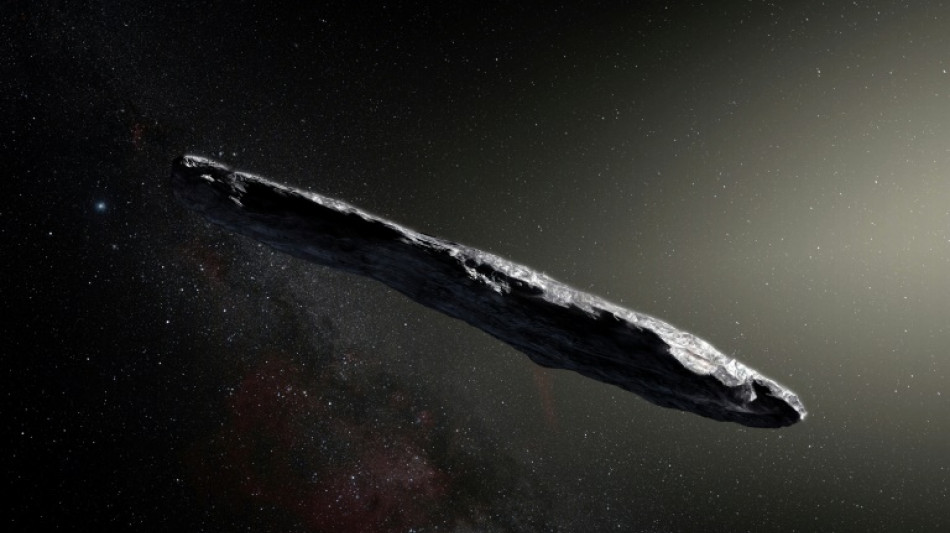
-
 Indonesia school collapse toll hits 67 as search ends
Indonesia school collapse toll hits 67 as search ends
-
Dodgers hold off Phillies, Brewers on the brink

-
 Lawrence sparks Jaguars over Chiefs in NFL thriller
Lawrence sparks Jaguars over Chiefs in NFL thriller
-
EU channels Trump with tariffs to shield steel sector
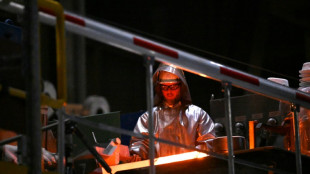
-
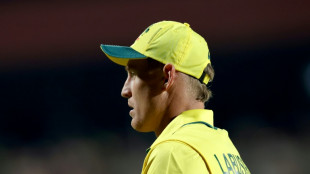 Labuschagne out as Renshaw returns to Australia squad for India ODIs
Labuschagne out as Renshaw returns to Australia squad for India ODIs
-
Open AI's Fidji Simo says AI investment frenzy 'new normal,' not bubble

-
 Tokyo stocks hit new record as Asian markets extend global rally
Tokyo stocks hit new record as Asian markets extend global rally
-
Computer advances and 'invisibility cloak' vie for physics Nobel

-
 Nobel literature buzz tips Swiss postmodernist, Australians for prize
Nobel literature buzz tips Swiss postmodernist, Australians for prize
-
Dodgers hold off Phillies to win MLB playoff thriller

-
 China exiles in Thailand lose hope, fearing Beijing's long reach
China exiles in Thailand lose hope, fearing Beijing's long reach
-
Israel marks October 7 anniversary as talks held to end Gaza war

-
 Indians lead drop in US university visas
Indians lead drop in US university visas
-
Colombia's armed groups 'expanding,' warns watchdog

-
 Shhhh! California bans noisy TV commercials
Shhhh! California bans noisy TV commercials
-
Trump 'happy' to work with Democrats on health care, if shutdown ends

-
 Trump says may invoke Insurrection Act to deploy more troops in US
Trump says may invoke Insurrection Act to deploy more troops in US
-
UNESCO board backs Egyptian for chief after US row

-
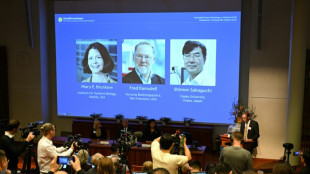 Unreachable Nobel winner hiking 'off the grid'
Unreachable Nobel winner hiking 'off the grid'
-
Retirement or marketing gimmick? Cryptic LeBron video sets Internet buzzing

-
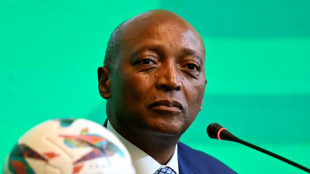 CAF 'absolutely confident' AFCON will go ahead in protest-hit Morocco
CAF 'absolutely confident' AFCON will go ahead in protest-hit Morocco
-
Paris stocks slide amid French political upheaval, Tokyo soars
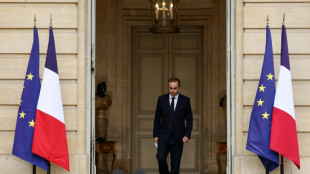
-
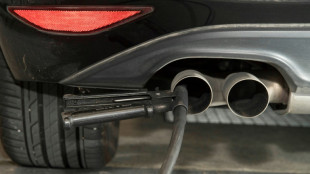 EU should scrap ban on new combustion-engine sales: Merz
EU should scrap ban on new combustion-engine sales: Merz
-
US government shutdown enters second week, no end in sight

-
 World MotoGP champion Marquez to miss two races with fracture
World MotoGP champion Marquez to miss two races with fracture
-
Matthieu Blazy reaches for the stars in Chanel debut

-
 Macron gives outgoing French PM final chance to salvage government
Macron gives outgoing French PM final chance to salvage government
-
Illinois sues to block National Guard deployment in Chicago

-
 Exiled Willis succeeds Dupont as Top 14 player of the season
Exiled Willis succeeds Dupont as Top 14 player of the season
-
Hamas and Israel open talks in Egypt under Trump's Gaza peace plan

-
 Mbappe undergoing treatment for 'small niggle' at France camp: Deschamps
Mbappe undergoing treatment for 'small niggle' at France camp: Deschamps
-
Common inhalers carry heavy climate cost, study finds

-
 Madagascar president taps general for PM in bid to defuse protests
Madagascar president taps general for PM in bid to defuse protests
-
UEFA 'reluctantly' approves European league games in US, Australia

-
 Hundreds protest in Madagascar as president to announce new premier
Hundreds protest in Madagascar as president to announce new premier
-
Greta Thunberg lands in Greece among Gaza flotilla activists deported from Israel

-
 UNESCO board backs Egyptian ex-minister for top job: official
UNESCO board backs Egyptian ex-minister for top job: official
-
Facing confidence vote, EU chief calls for unity

-
 Cash-strapped UNHCR shed 5,000 jobs this year
Cash-strapped UNHCR shed 5,000 jobs this year
-
Mbappe to have 'small niggle' examined at France camp: Deschamps

-
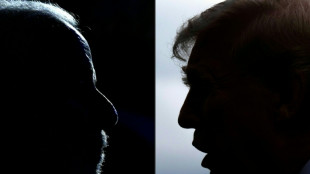 Brazil's Lula asks Trump to remove tariffs in 'friendly' phone call
Brazil's Lula asks Trump to remove tariffs in 'friendly' phone call
-
'Terrible' Zverev dumped out of Shanghai by France's Rinderknech

-
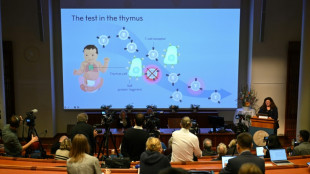 What are regulatory T-cells? Nobel-winning science explained
What are regulatory T-cells? Nobel-winning science explained
-
OpenAI signs multi-billion dollar chip deal with AMD

-
 Salah under fire as Liverpool star loses his spark
Salah under fire as Liverpool star loses his spark
-
Paris stocks drop as French PM resigns, Tokyo soars
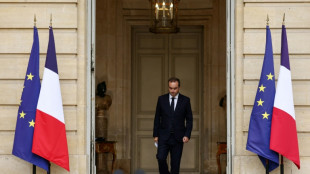
-
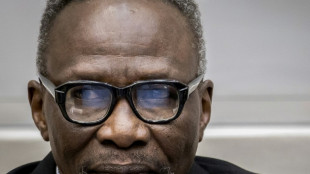 ICC finds Sudan militia chief guilty of crimes against humanity
ICC finds Sudan militia chief guilty of crimes against humanity
-
Zverev dumped out of Shanghai Masters by France's Rinderknech

-
 One hiker dead, hundreds rescued after heavy snowfall in China
One hiker dead, hundreds rescued after heavy snowfall in China
-
Hundreds stage fresh anti-government protests in Madagascar


Scientists offer 'non-alien explanation' for interstellar visitor
When the first object ever known to have visited the Earth's Solar System from outer space zoomed past in 2017, it was so strange that at least one leading astronomer was convinced it was an alien vessel.
But researchers said Wednesday that they had come up with a simple and "compelling non-alien explanation" for the interstellar interloper's bizarre behaviour -- though not everyone was convinced.
The object christened 'Oumuamua -- "scout" in Hawaiian -- baffled scientists as soon as it was spotted by an observatory in Hawaii six years ago.
Astronomers had long been searching for comet-like objects entering the Solar System from the vastness of interstellar space, but had never before observed one.
But 'Oumuamua did not much resemble the comets that normally travel in from the edges of the Solar System. It lacked both a tail and a fuzzy halo, known as a coma, which are formed by dust and gas warming in the Sun's heat.
It was also a peculiar elongated shape, never before observed in comets or asteroids. Its diameter was roughly 100 metres -- about the size of a football pitch -- but by some estimates it was 10 times as long as it was wide, shaped either like a pancake or a cigar.
And by the way light glinted off the object, it appeared to be tumbling end over end.
But the strangest part was that once 'Oumuamua slingshotted around the Sun, it sped up and deviated from its expected trajectory, propelled by a mysterious force on its way out of the Solar System.
Scientists were left with four months' worth of seemingly contradictory data to try to make sense of, leading to a range of theories.
- 'Thruster boost' -
Jennifer Bergner, an expert in astrochemistry at the University of California, Berkeley, and co-author of a new study, told AFP that many of the theories "stretched the imagination".
Her proposal is that, wherever 'Oumuamua may have come from, it started out as a water-rich, comet-like object.
During its interstellar travels it was blasted by penetrating cosmic rays that converted some of its water into hydrogen gas that became trapped within the object's body.
When 'Oumuamua neared the Sun, the heat released the trapped hydrogen, acting as a "thruster boost" that propelled the object on its unexpected path, she said.
Darryl Seligman of Cornell University, co-author of the study published in the journal Nature, said that "Jenny's definitely right about the entrapped hydrogen".
"We had all these stupid ideas, like hydrogen icebergs and other crazy things, and it's just the most generic explanation," he said in a statement.
Marco Micheli, an astronomer at the European Space Agency who was not involved in the research, commented in Nature that the paper "offers perhaps the first simple and physically realistic explanation of the peculiarities of this object".
- 'Very suspicious' -
Not everyone was convinced.
Avi Loeb, a lauded theoretical physicist who was the longest-serving chair of astronomy at Harvard University, maintains that the simplest explanation is that 'Oumuamua was alien technology -- including in his 2021 book "Extraterrestrial: The First Sign of Intelligent Life Beyond Earth."
Loeb rejected the new theory, telling AFP that claims of a comet without a tail "is like saying an elephant is a zebra without stripes".
He pointed to the large cometary tail seen on 2I/Borisov, the second known visitor from outside the Solar System, which was spotted in 2019.
Roman Rafikov of Cambridge University in Britain said he had previously demonstrated that if trapped gas were behind 'Oumuamua's acceleration, it would have "dramatically" changed the rate at which it was spinning -- which did not happen.
Rafikov said he was "very suspicious" of such theories, adding nonetheless that he preferred "an explanation that does not involve aliens or divine forces".
Bergner suggested the reason 'Oumuamua did not have a tail or coma was that it was far smaller than any comet -- including 2I/Borisov -- that had ever been observed.
But that could change soon.
In the coming years many more comets, potentially from both within and outside the Solar System, could be spotted by the Rubin Observatory Legacy Survey of Space and Time in Chile, which is expected to begin its imaging project in 2025.
Bergner said that if small comets showed signs of releasing trapped hydrogen -- and lacked tails and comas -- that could help confirm her theory.
When it came to ideas involving extraterrestrial life, she said, it "depends what standard of proof you require to invoke aliens".
"We'll never know for sure what 'Oumuamua was -- we lost our chance," she said. "But for now, I think here we have a compelling non-alien explanation."
Y.Bouchard--BTB

